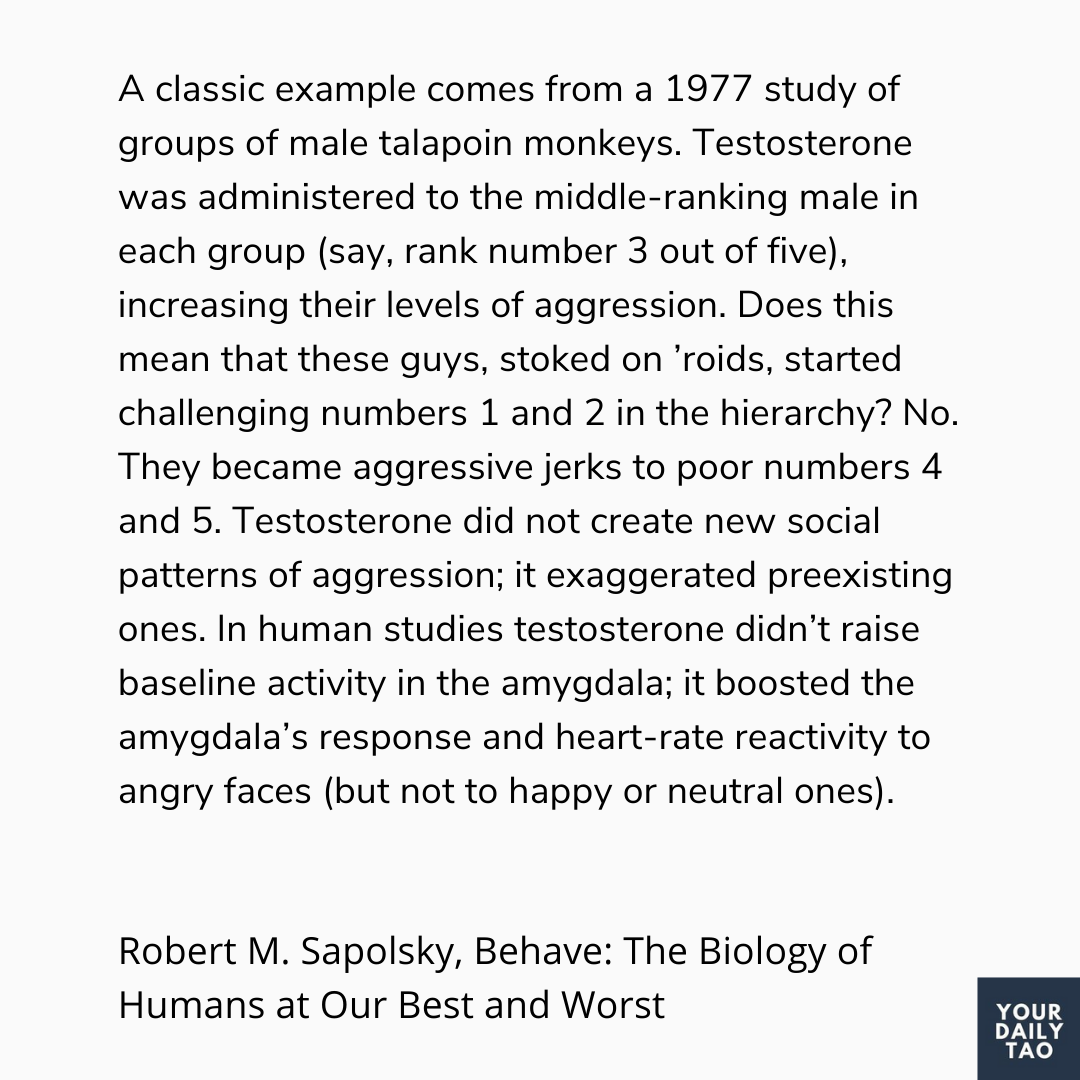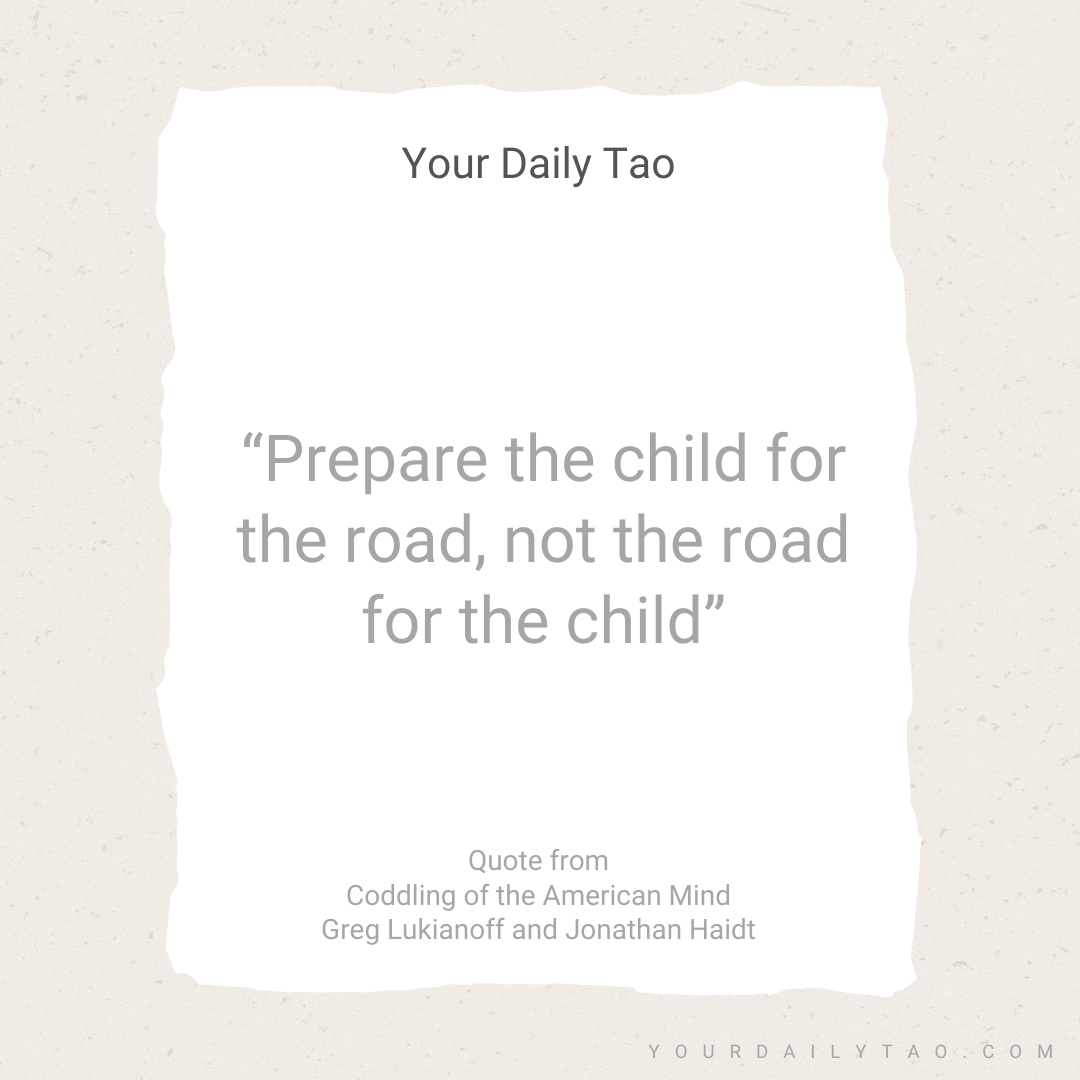George Flyod
One recent topic that is at the top of everyone’s mind is the murder of George Floyd. His passing was a travesty and it drew strong reactions from many in the world. Protests, riots and huge media coverage took place. So many people began to campaign and speak about ending systemic racism.
Amidst all this craziness, one thing that recently caught my attention was from the sporting world. A NBA (National Basket Association) superstar named Kyrie Irving, along with some other players for support, led a coalition to voice out that he did not want to resume playing basketball to fight racial injustice.
Here’s a quote from his statement.
“This is not about individual players, athletes or entertainers. This is about our group of strong men and women uniting for change” the statement added. “We are all fathers, daughters leaders and so much more. So what is our BIG picture? We are in this for UNITY and CHANGE!”
Whilst this was still lingering in my short-term memory, I came across another story. The story of an English Premier League footballer, Marcus Rashford.
#maketheUturn
In the United Kingdom, Rashford was advocating for a different cause. He was advocating for something close to his heart, the reversal of the cancellation of the food voucher scheme, which would have, in his words, would have caused over 200,000 kids to go hungry and starve. He wrote a beautiful, well thought out letter to the British Government.
https://www.manutd.com/en/news/detail/marcus-rashford-tweets-open-letter-to-mps-about-food-poverty
It pretty much garnered wide support across the nation. Boris Johnson, whose administration initially committed to cancelling the food voucher scheme, made a U-turn on the decision. This was due to the wide public outcry, leading to pretty bad optics to cancel such a scheme and leaving so many kids hungry during this period of economic distress for so many in the nation. At the end, it was a no brainer to reverse this decision.
I just wanted to draw parallels between these 2 athletes, their message and what they are trying to accomplish as I think this really highlights an important lesson to us all.
That progress comes in bits and pieces, not giant leaps
In my personal opinion, one of the worst fallacies driven in our heads by all the media that we consume., is that change, innovation or progress comes in brain waves, sudden inspiration, eureka moments etc. This is a topic thats really hashed out so I don’t wanna go too much into detail, but here’s an excerpt I could find from this website, innovation coach.
http://www.innovationcoach.com/2016/08/innovation-myths-debunked-part-ii/
There’s the story of Archimedes life-changing discovery in the bathtub that supposedly caused him to shout, “Eureka! Eureka!” His eureka discovery was the principle of hydrostatics, which is the science of how solid bodies behave in liquid. Similarly, we still tell the story of how in 1589, Italian scientist Galileo is said to have dropped two balls of different masses off the Leaning Tower of Pisa to disprove existing beliefs about the way objects fall and to instead demonstrate that their time of descent was independent of their respective masses. And of course, one of the most famous (and embellished) stories in the history of science is the tale of a young Isaac Newton who was simply minding his own business and sitting in his garden when an apple fell from a tree and hit his head. And then, in a stroke of brilliant eureka insight, Galileo suddenly came up with his theory of gravity.
The eureka myth—the notion that all creative ideas come suddenly in a flash of a brilliant eureka moment—is certainly seductive; but for the vast majority of innovations, it is completely untrue. The problem with the eureka myth is that glosses over the tireless work and concentration required of the vast majority of innovative ideas. If innovation was easy, everyone would do it—but it’s most definitely not. Even genius inventor Albert Einstein is reported to have said, “Genius is one per cent inspiration, ninety-nine per cent perspiration.”There’s the story of Archimedes life-changing discovery in the bathtub that supposedly caused
Wait, what does this have to do with Irving or Rashford?
There are many different aspects that I can comment on about how they have gone about their movements. However, the one thing I would like to focus on is simply:
Specificity
You see, the biggest thing that struck me about the Black Lives matter movement online is that most of the vocabulary and words used are broad and extremely subjective. Terms like ‘racial equality’ are really abstract, and mean different things to people. No doubt, there are always broad and lofty goals that we should aim towards, but when these phrases dominate the discussion, there leaves a lot of room for empty discussion, strawman attacks and meaningless circular arguments.
Being the optimist that I am, I do believe that the leaders of these movements have specific solutions and plans to get to where they want. However, so much of this information gets lost in translation through the media. Rather, what we see is repetitive arguments, insults, and people speaking in circles about many things that have nothing to do with policy or solution.
A quick 5 minutes glimpse (all I can give with my poor attention span) of the black lives matter website made me feel like I proved my point. After going through the website, it was really difficult for me to pinpoint what they were trying to achieve exactly, in the short and long term.
Of course, we know they want to eliminate racism, push for racial equality and get people voting for the right choices. (We shall speak another day about the politics of the Black Lives Matter Movement). And this is ultimately a movement, there is a worthy discussion on whether they should be prescribing solutions or just driving up public support towards a cause.
However, when these are as broad as these, it’s hard to get results, especially in comparison to the issue of food vouchers in the UK, are overly broad with no specific goals.
And why are broad goals bad?
Broad high level objectives aren’t necessarily bad. They are essential. The thing is that these high level objectives require gargantuan efforts, years or decades of planning to get there. We need short-term and intermediary milestones to compliment these goals. Otherwise, these will be just empty words. Progress, like innovation, doesn’t happen all at once just because we want it to. It happens when we identify our milestones, and tackle our issues 1 by 1. Systemic and cultural shifts don’t happen overnight.
In fact, when people grow overly emotionally attached to these goals, it even draws hysteria when they feel like no progress is made. And we all know how difficult it is to negotiate with someone who is emotional and has no willingness to compromise even a single inch as they have grown too emotionally attached.
And that’s why I felt that Rashford’s efforts, and the movement in general, worked well. There was a clear goal, a realistic and achievable solution, and the merits of executing the solution was easy to debate. There was not much room (and I’m sure some must have tried) for personal attacks, strawman arguments about the wealth of professional athletes etc. This is because everyone’s attention could be easily drawn to the pros and cons of 1 specific issue, at 1 time.
And since he has achieved his goal, it doesn’t mean he has to stop there. Things need to move forward. But patience is key, and having the vision and wisdom to exercise that patience while breaking down barriers 1 by 1 will get you there.
In comparison, I still don’t know what Kyrie Irving plans to achieve by sitting out. I really wish he found something specific and presented it on his platform to draw attention to it and get the policy makers to move. Saying that you will seat out while saying systemic racism has to stop is idealistic, but also might prove detrimental to his cause when it drowns out many other worthy causes.
Don’t let perfect be the enemy of good
One of figures that have inspired me the most is Bryan Stevenson, a lawyer and social activist who has pretty much dedicated his life efforts to ensuring equal justice for blacks in America.
(Here is his ted talk https://www.youtube.com/watch?v=c2tOp7OxyQ8 and book https://www.amazon.com/Just-Mercy-story-justice-redemption-ebook/dp/B00PBVBL8S is brilliant by the way. Please read it if you have time)
This is what he says about the protest.
To be honest, it’s not that hard to protest. It’s not that hard to go someplace. And it doesn’t mean that it’s not important. It doesn’t mean that it’s not critical. But that’s not the hard thing we need from people who care about these issues. We need people to vote, we need people to engage in policy reform and political reform, we need people to not tolerate the rhetoric of fear and anger that so many of our elected officials use to sustain power. We need the cultural environments in the workplace to shift.
Protests are a signal of culture shift, and that shift in culture does enable us to execute better reforms. However, people with the platform and the eyeballs, and who are really sincere in driving change, need to get down and dirty with the details and engage in specific policy goals. Focus on change, 1 and at a time. Do not leave room for attention to be diverted, for meaningless arguments to be made, for people to conflate several issues into 1 big one.
There are times when swinging for the fences works out. I just don’t think trying to fight for such a complex issue as racial equality is one of them. There are just too many complexities that are up for discussion. Such change doesn’t happen all at once.
And I can’t resist quoting one of my favourite movie trilogies (The Dark Knight trilogy)
Bruce Wayne – “People need dramatic examples to shake them out of apathy “
The video footage of George Floyd’s death was a horrific example that shook many out of their apathy. It conjured strong feelings among all of us. It was not an issue that divided people. Everyone from both sides of the political aisle agreed that it was horrible and something had to be done.
In my ideal world, we would have used that opportunity to start pinning down legislation and policies, drive the debate around solutions and start making incremental progress, bit by bit. However, the discussion has been drowned out by the looting, arguments about criminals, the definition of ‘defunding the police’. No doubt that politicians will push for things to satisfy their constituencies, but instead of having open debate about the merits of policies, we will just take at face value their legislation without ever really uniting people behind these decisions.
Strong feelings are not enough. What we need to be is to be more like Bruce Wayne, more like Batman. Logical analysis of what needs to be done and a willingness to take obstacles out of the way.






